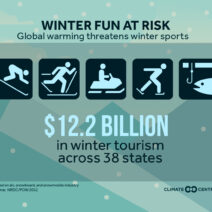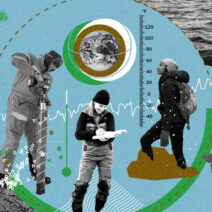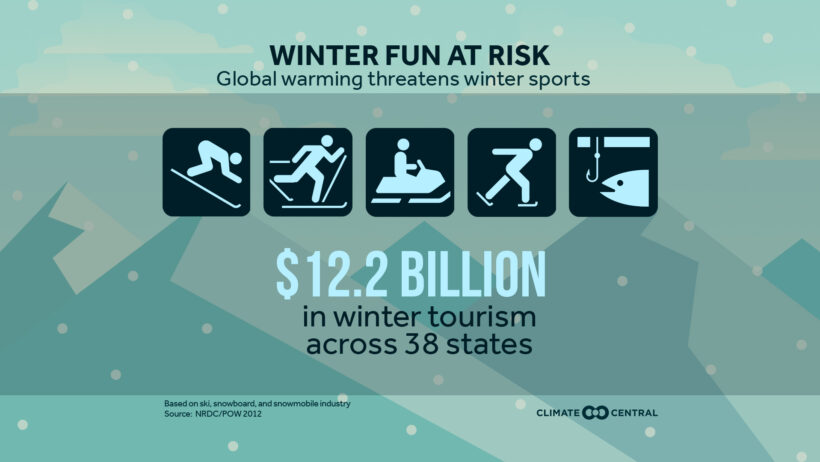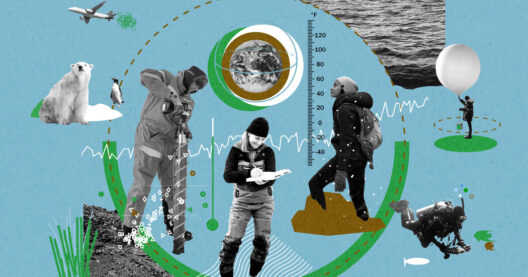Global warming, an inexorable consequence of anthropogenic activities, exemplifies one of the most formidable challenges facing humanity today. Among the myriad sectors impacted by this inexorable climatic evolution, agriculture stands at the forefront, jeopardized by a multitude of factors directly linked to rising temperatures and shifting precipitation patterns. This document delineates the salient threats posed by global warming to agriculture worldwide, as well as the broader implications for food security, farmer livelihoods, and biodiversity.
At the heart of this predicament lies the alteration of climatic patterns that underpin agricultural productivity. One of the most alarming manifestations of global warming is the emergence of extreme weather phenomena, including prolonged droughts, intense flooding, and erratic temperature fluctuations. Drought, particularly, has become more frequent and severe, severely constraining soil moisture availability and affecting crop yields. In regions like the American Southwest and parts of Africa, prolonged dry spells spell disaster for farmers reliant on consistent rainfall for their harvests.
Conversely, floods can decimate crops and render arable land unsuitable for cultivation. The increase in severe storms, primarily attributed to climate change, frequently leads to soil erosion and nutrient loss, compounding the difficulties faced by farmers. The unpredictability of weather patterns necessitates adaptability, yet many farmers lack sufficient resources or knowledge to implement effective strategies to mitigate these impacts.
Moreover, rising global temperatures significantly alter growing seasons. Crops that traditionally require specific temperature ranges for optimum growth are facing unprecedented challenges. For instance, warming climates can accelerate plant development, leading to earlier flowering and harvesting. While this may seem advantageous at first glance, it may ultimately result in reduced yields due to mismatched biological cycles. The delicate equilibrium between farming practices and environmental conditions is being undermined, threatening the livelihoods of farmers worldwide.
In tandem with these climatic changes is the insidious rise of pests and diseases. Warmer temperatures bolster the proliferation of agricultural pests, such as aphids and locusts, which thrive in hotter conditions. These pests not only threaten crop yields but can also lead to increased reliance on chemical pesticides, raising grave concerns about environmental contamination and public health. Furthermore, pathogens that traditionally thrived in specific climatic zones are now emerging in new regions, further compounding the threats to crop health and farmer productivity.
Global warming also exacerbates water scarcity, a critical resource for agriculture. Increased evaporation rates in water bodies and shifting precipitation patterns lead to diminished water availability for irrigation. Regions already susceptible to drought are particularly vulnerable, resulting in a catastrophic cycle where reduced crop yields lead to food shortages and economic instability. Consequently, farmers are increasingly forced to invest in expensive irrigation technologies, often beyond their financial reach, leading to a cycle of debt and economic peril.
Another crucial aspect of the link between global warming and agriculture involves soil degradation. Healthy soil is foundational for prosperous farming; however, climate change contributes to soil erosion, nutrient depletion, and increased salinity. The increase in extreme weather events contributes to the leaching of vital nutrients, while erosion diminishes the soil’s ability to support crops. The overuse of fertilizers as farmers struggle to combat nutrient loss leads to further degradation, creating a pressing challenge for future agricultural sustainability.
Food security is intricately tied to the state of agriculture, and the repercussions of global warming on farming systems pose dire threats to global food supplies. With the population projected to surpass nine billion by 2050, the demand for food is set to soar. As agricultural yields decline due to the aforementioned challenges, the implications for food prices, access to nutritious foods, and overall public health become increasingly alarming. Vulnerable populations, particularly in developing countries, are at risk of malnutrition and chronic food insecurity as their agricultural sectors falter.
The socio-economic ramifications of these agricultural impacts are profound. Farmers, particularly those in developing nations, face heightened economic uncertainty. Crop failures jeopardize their incomes, and the inability to adapt to changing climatic conditions can lead to widespread displacement. Rural communities may be forced to migrate toward urban centers in search of better opportunities, further straining city resources and exacerbating socio-economic disparities.
Moreover, the intersection of agriculture and global warming extends to considerations of biodiversity. Monoculture practices, prevalent in industrial agriculture, become increasingly unsustainable in the context of a warming climate. The loss of biodiversity diminishes ecosystem resilience, curtailing nature’s ability to adapt to changing conditions. As wild pollinators decline and beneficial insects dwindle, crop yields will further suffer, underscoring the importance of promoting sustainable agricultural practices that foster biodiversity.
In response to the multifaceted challenges posed by global warming, there is a pressing need for collaborative efforts aimed at fostering sustainable agricultural practices. Investment in research and innovation is pivotal to developing climate-resilient crops, best practices in soil management, and efficient water usage techniques. Additionally, policies that support farmers’ adaptation efforts, agricultural diversification, and agroecological practices can mitigate some of the adverse effects of climate change.
Global warming undeniably presents an existential threat to agriculture, demanding urgent and comprehensive responses that encompass economic, social, and environmental considerations. Farmers worldwide stand at a precipice, with the potential for disastrous consequences if proactive measures are not implemented. The collaborative engagement of governments, agricultural organizations, and communities is crucial in addressing these challenges. Only through concerted action can we hope to safeguard the future of food production and ensure that agriculture remains resilient in the face of climatic upheaval.





